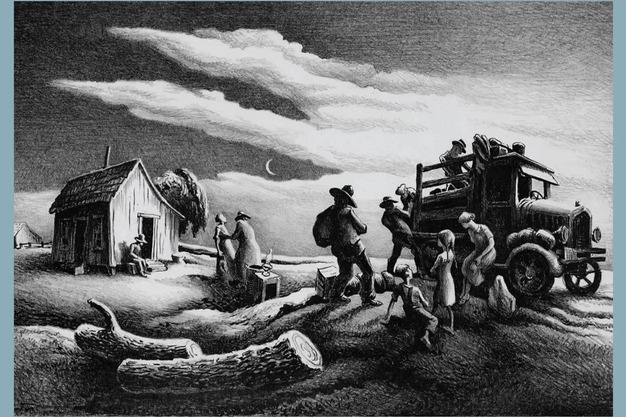
Cover art provided by author
Summary:
John Dewey, Albert Barnes, and the Continuity of Art and Life examines John Dewey’s influence on 20th century American avant-garde art.
Abstract:
This carefully researched book offers a dynamic and expansive Deweyan vision for the arts and education. This (re)vision acknowledges the influence on Dewey’s aesthetics of art collector and educator Albert Barnes, while also exploring the various ways Dewey’s writings on the arts, in moving beyond Barnes’ “scientific aesthetic method,” were an important resource for many innovative twentieth-century American artists, art movements, and arts-related educational institutions. Neither Barnes’ influence on Dewey nor the features of Dewey’s naturalistic aesthetics that made his “Art as Experience” a favorite text of many artists and arts practitioners have been fully and adequately acknowledged in existing literature on Dewey’s thinking about the arts and education. This book effectively remedies that situation.
Main research questions:
How did John Dewey’s personal and professional relationship with Albert Barnes contribute to Dewey’s influence on 20th century American avant-garde a
What the research builds on:
John Dewey’s relationship with Albert Barnes was well known, but the ramifications of its influence on Dewey’s aesthetics had not been fully explored.
Novel methodology:
The research for this book included close examination of the voluminous correspondence between John Dewey and Albert Barnes.
Implications for education:
The final chapter of this book offers a new Deweyan vision for art education.
Influences on future research:
This book will provide researchers with the first detailed examination of Albert Barnes’ influence on Dewey’s aesthetics.
Citation:
More Research Briefs
Call for Research
We invite SUNY Geneseo faculty to submit peer-reviewed research from the last three years to be added to this site.
